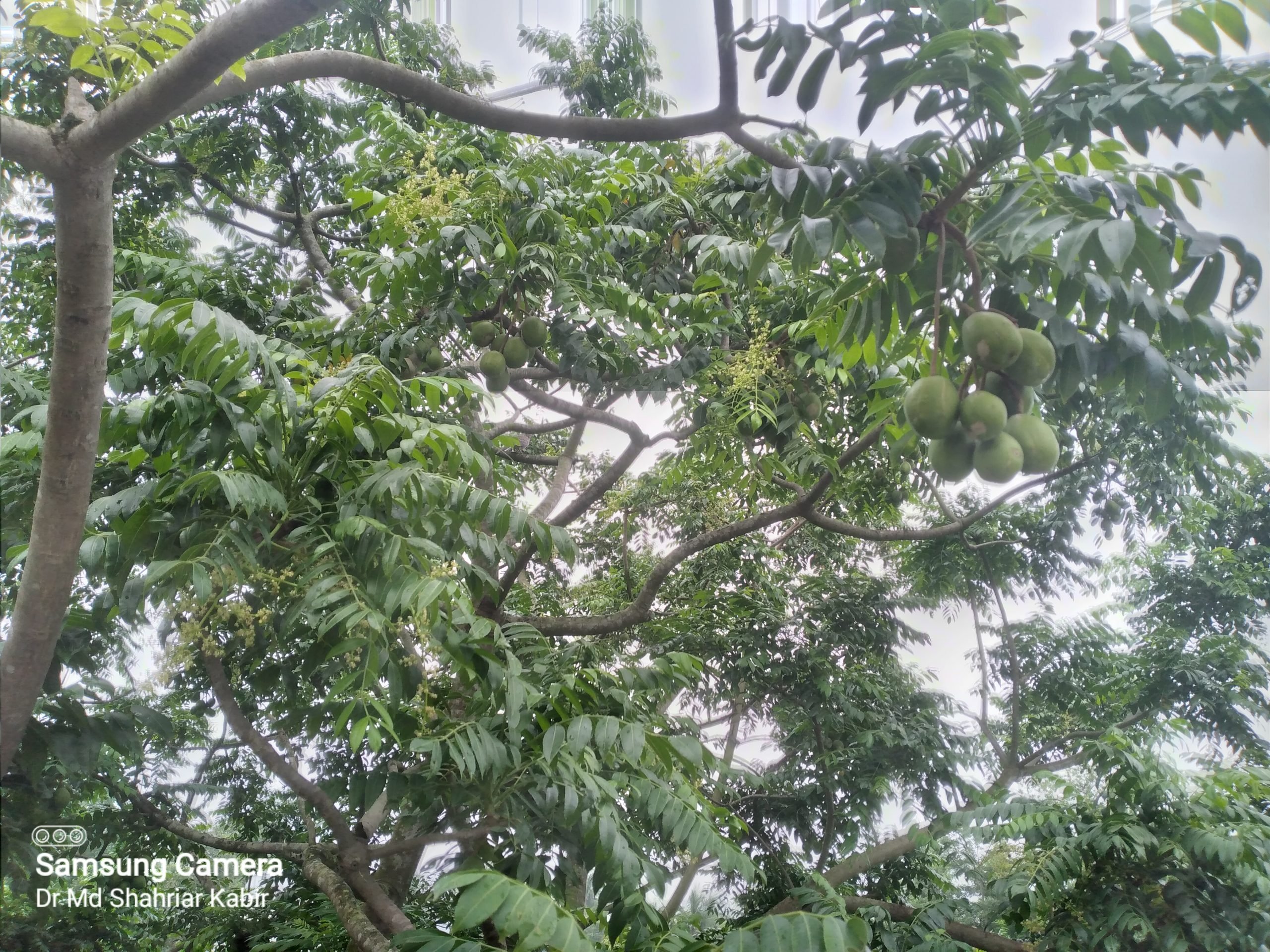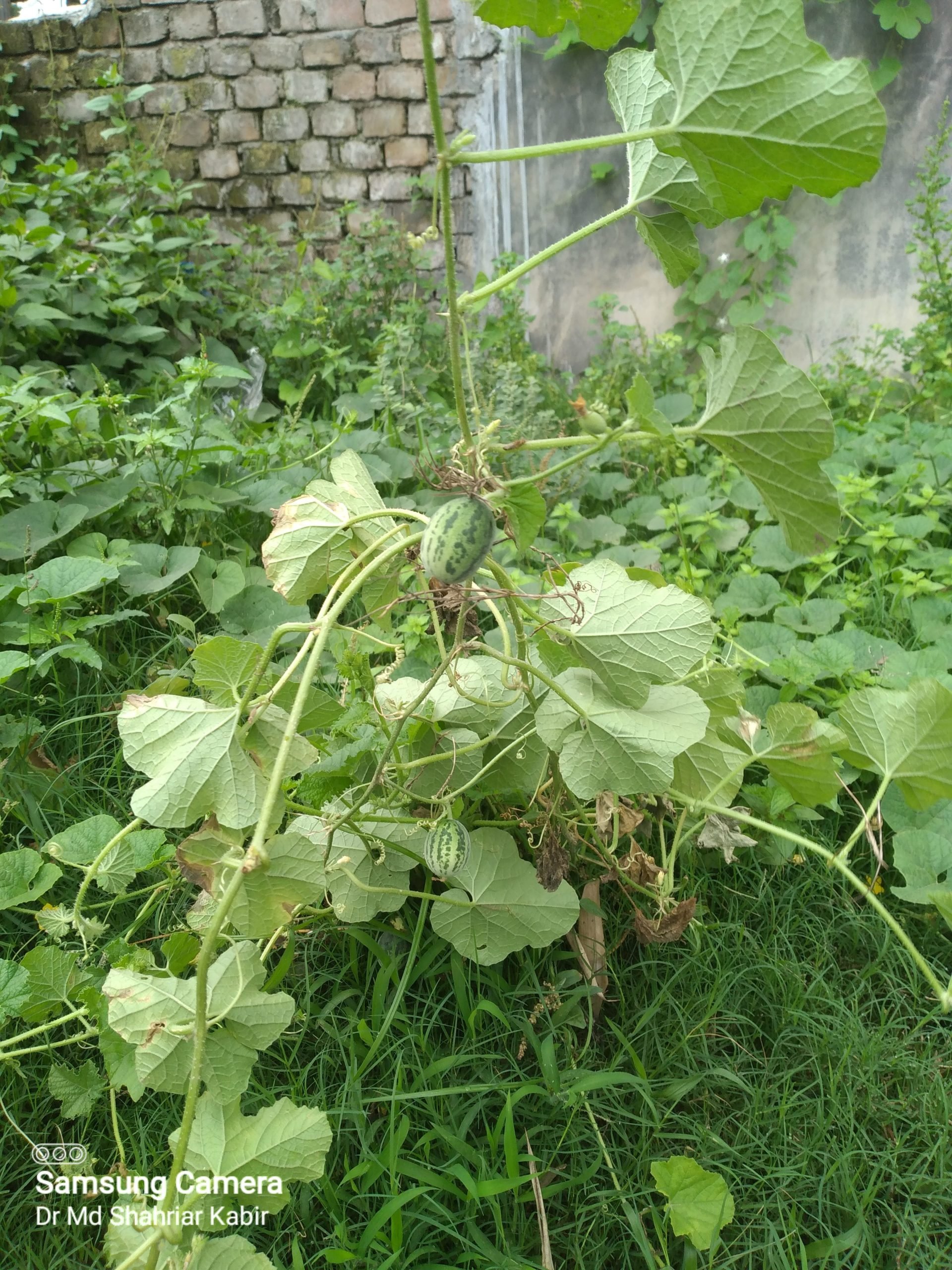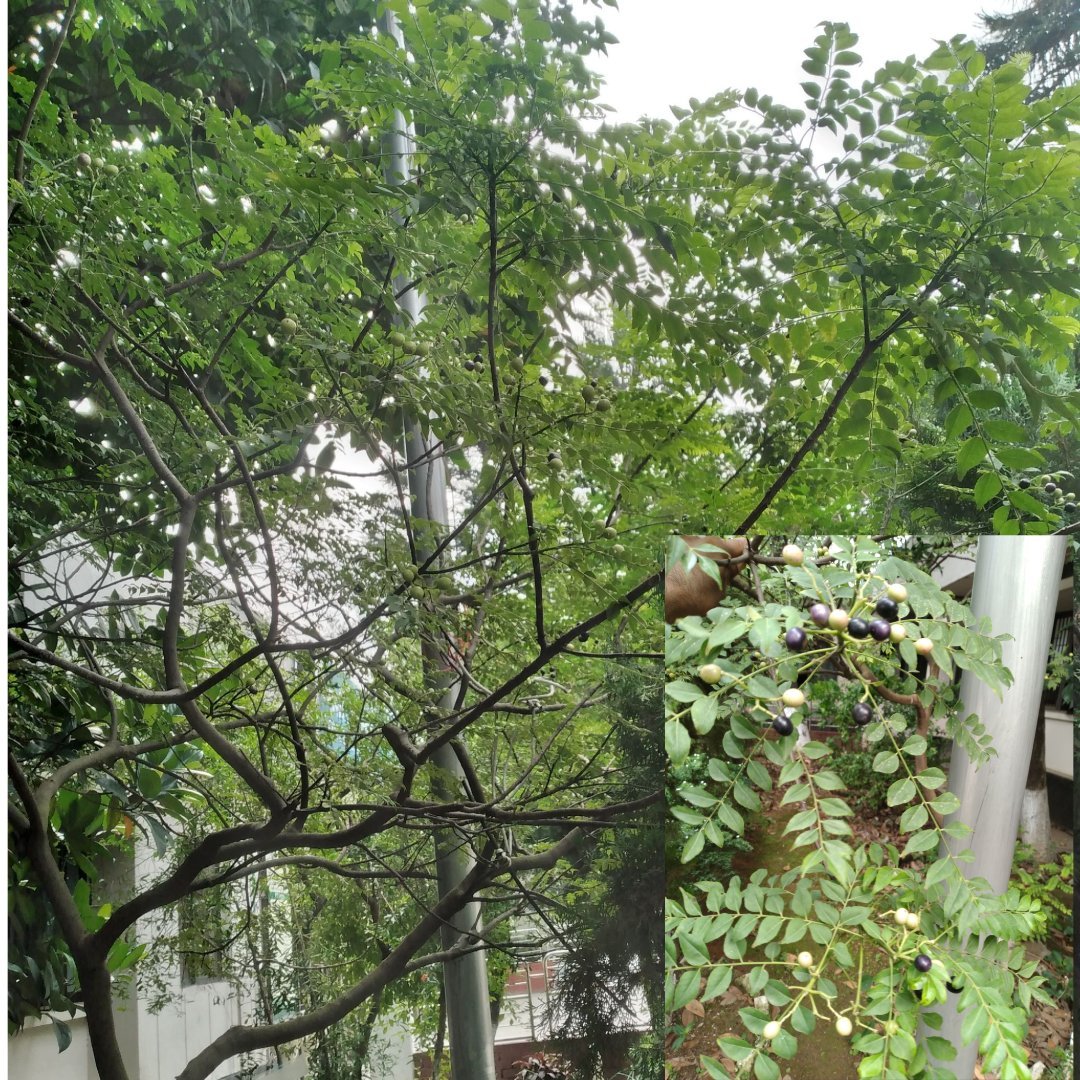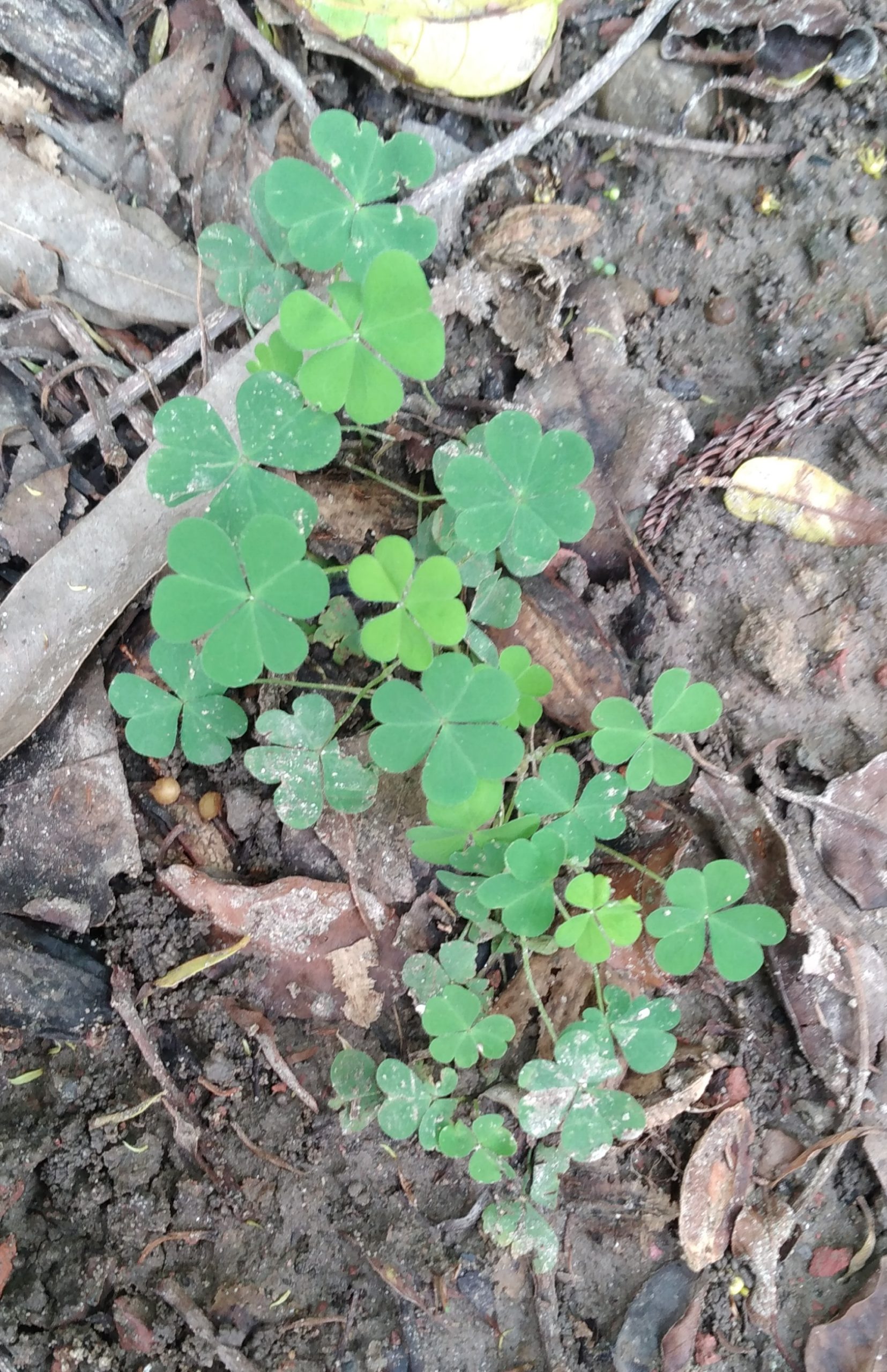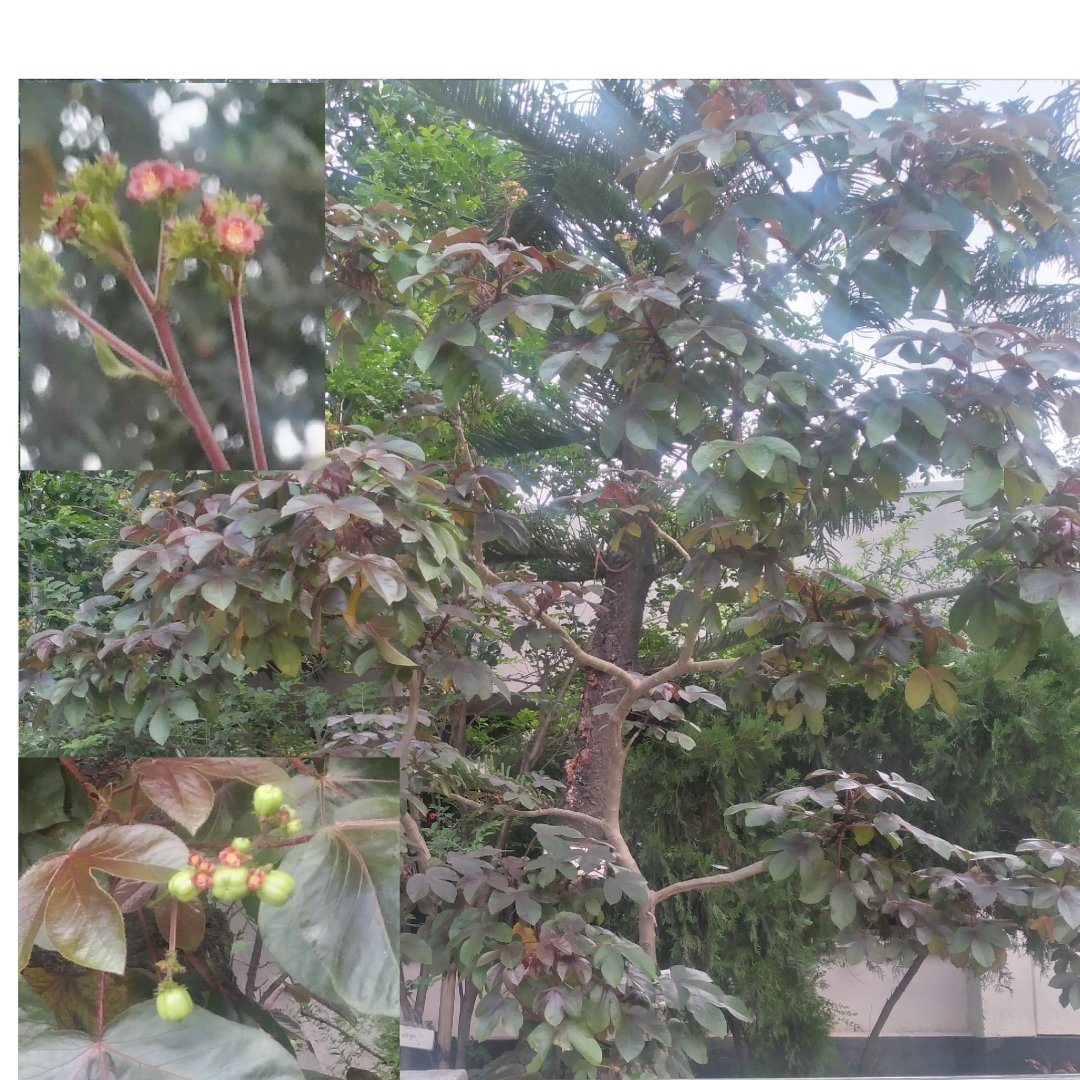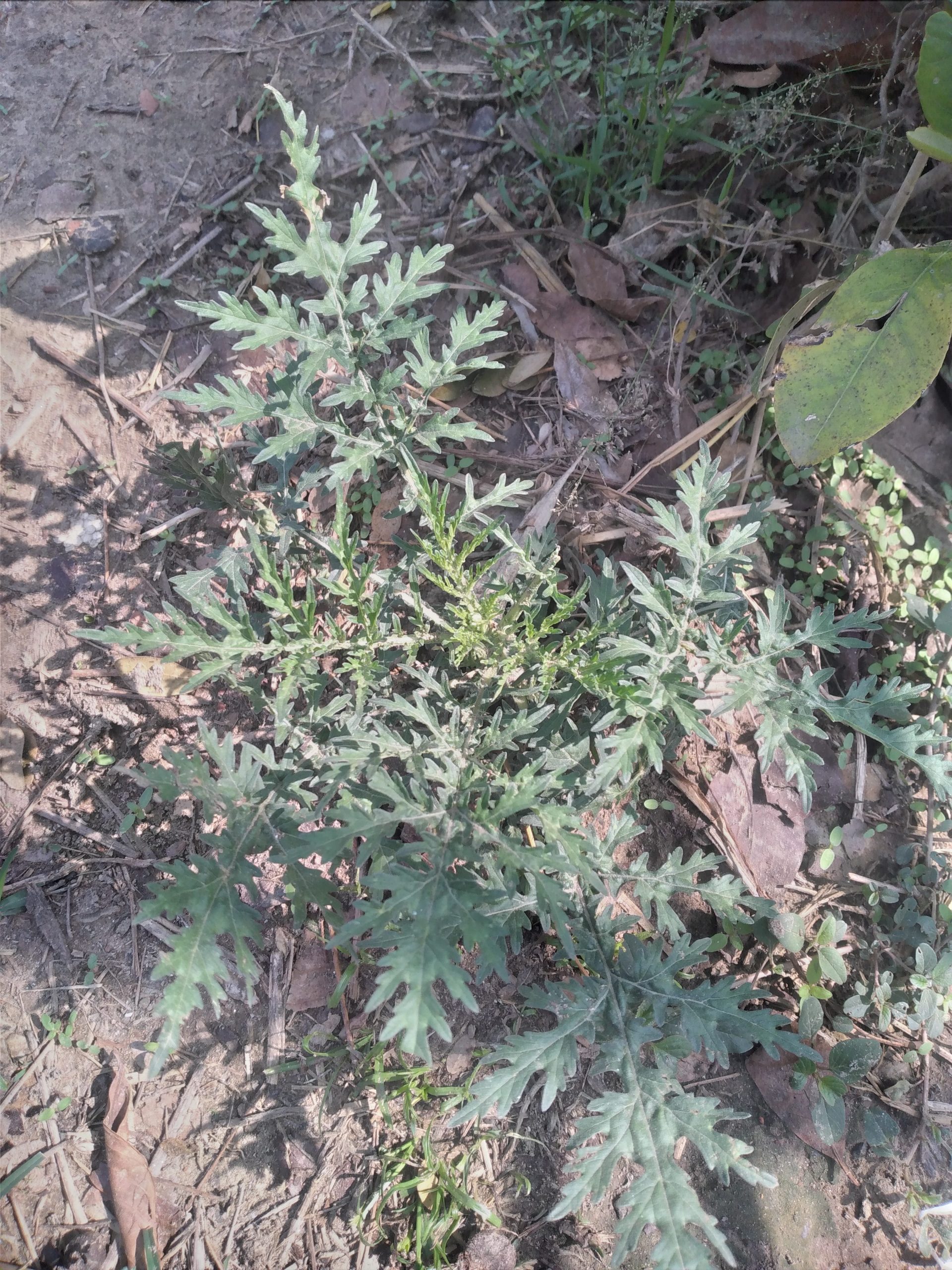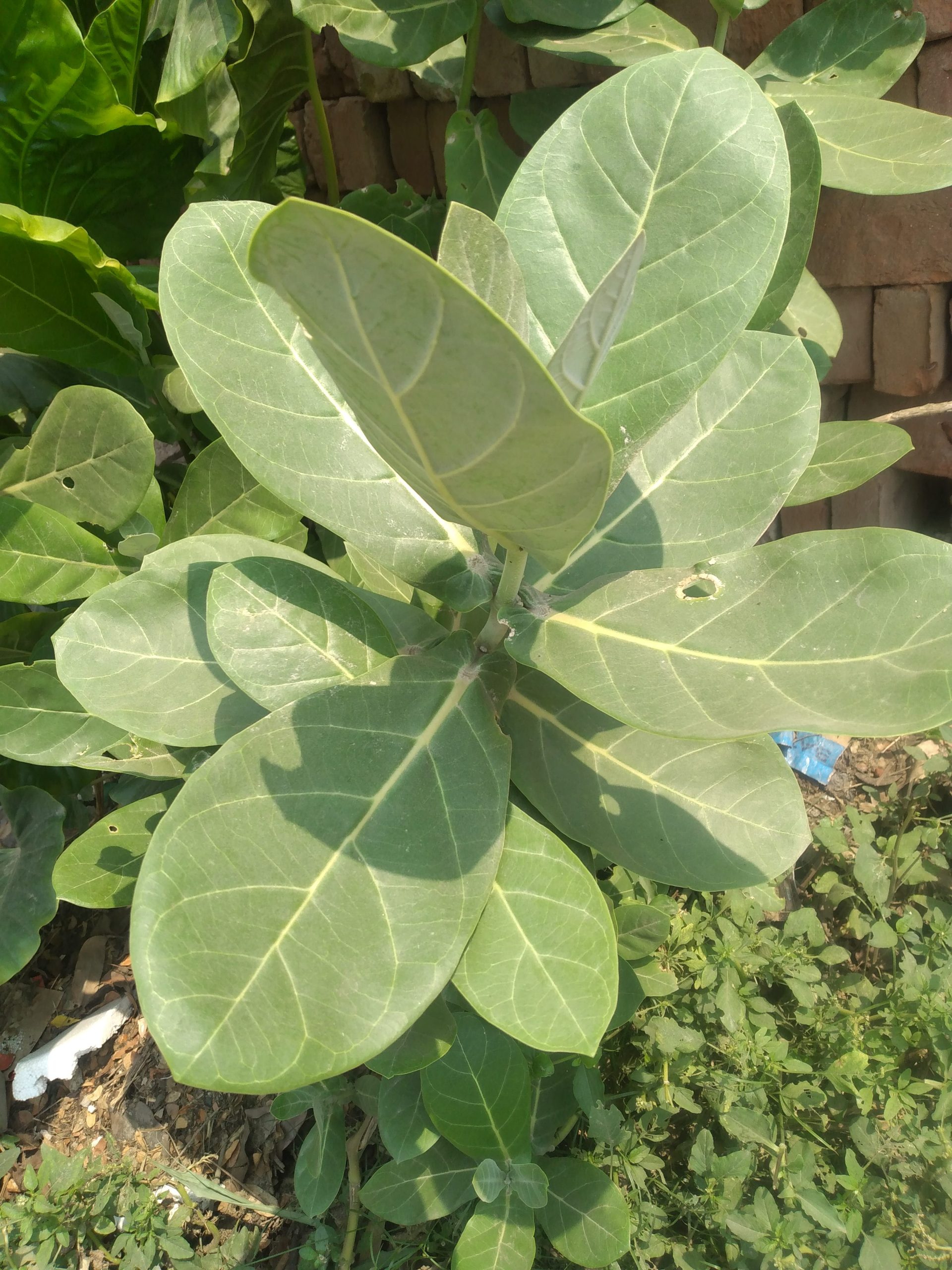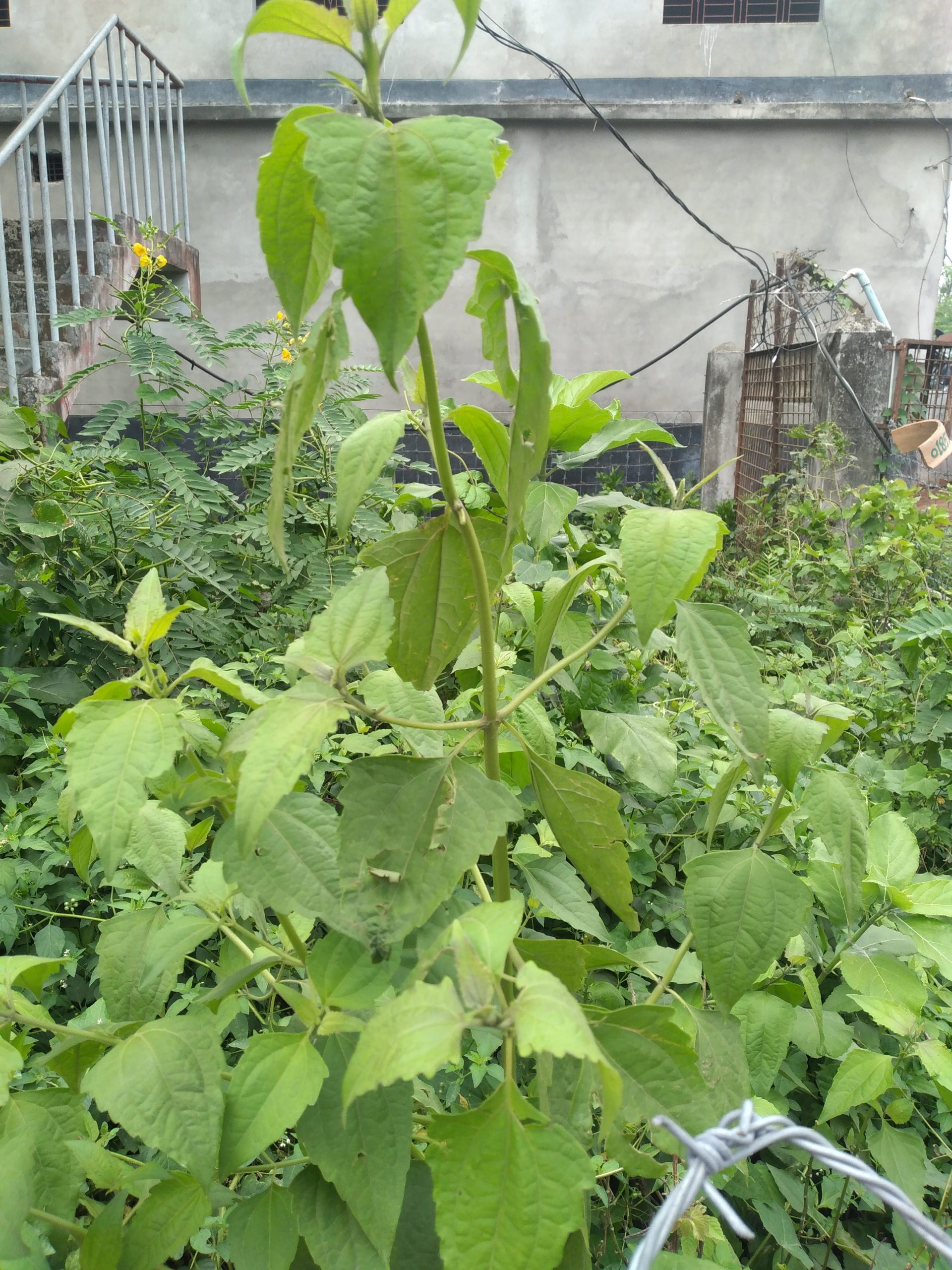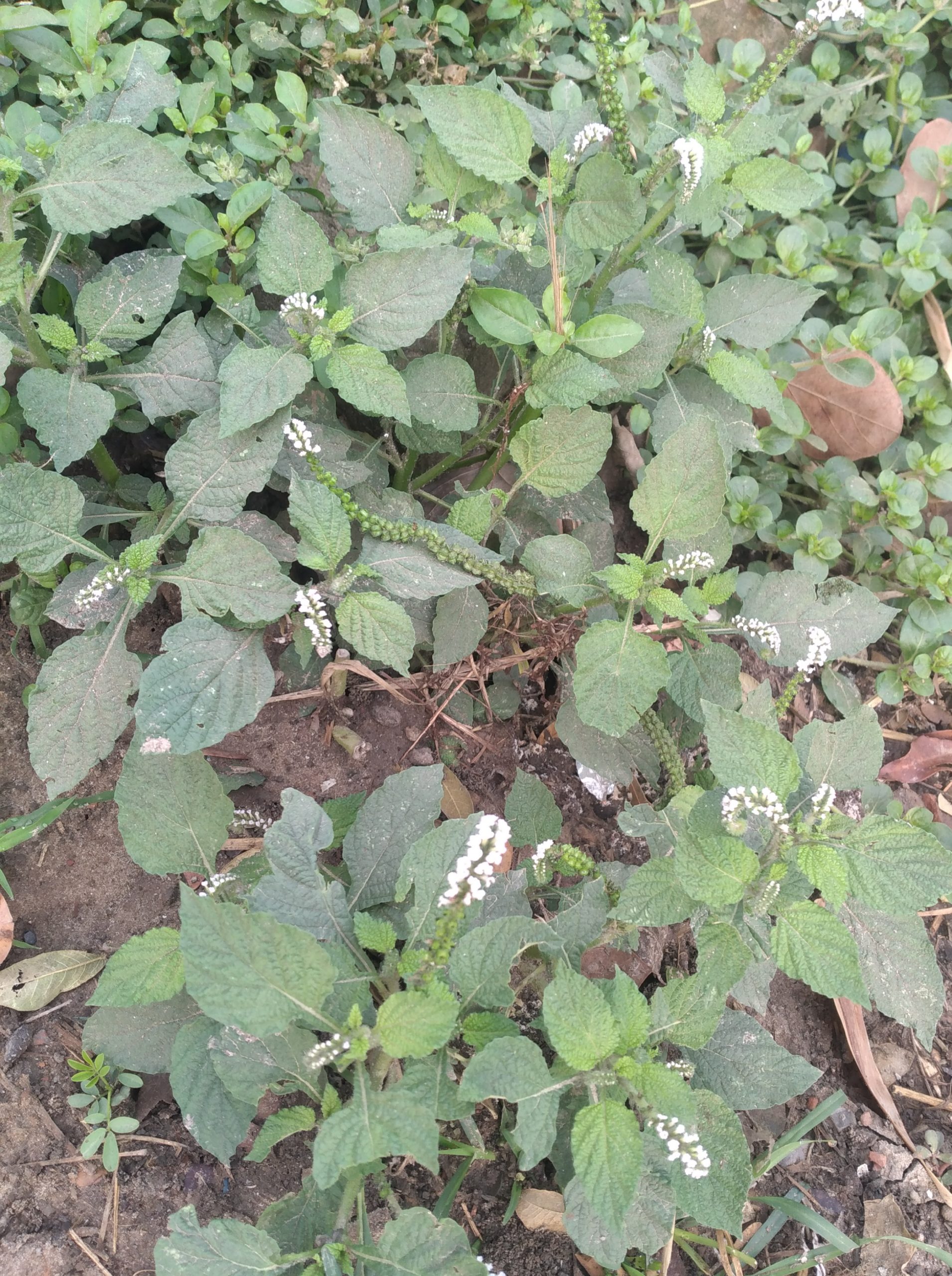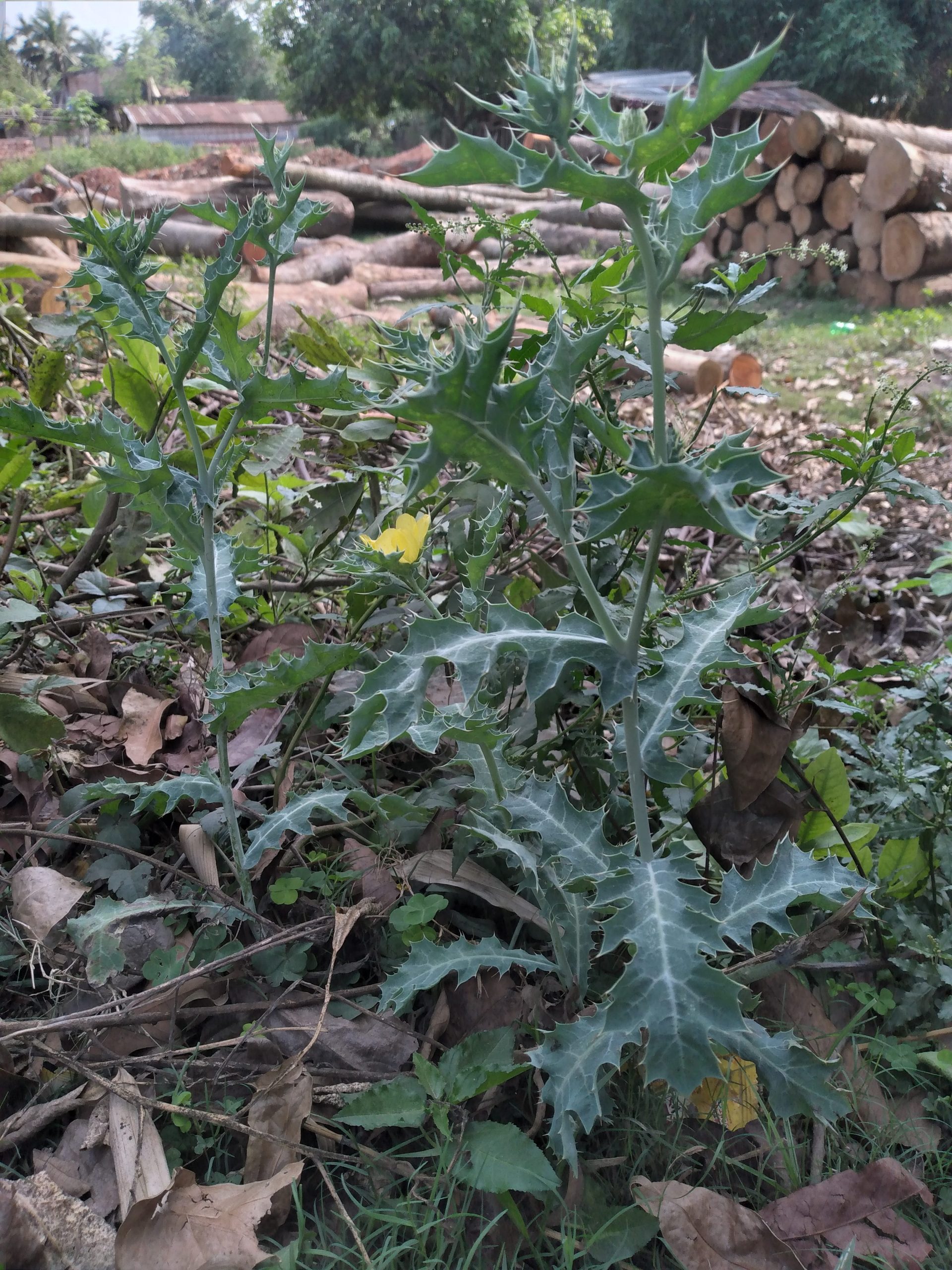Spondias pinnata, sometimes also known as hog plum, is a species of tree with edible sour fruits. It is native to the Philippines and Indonesia, but has been widely naturalized in South Asia, Mainland Southeast Asia, Southern China, and the Solomon Islands. It belongs to the family Anacardiaceae. This species, among several others, has sometimes called the “wild (or forest) […]
Melothria scabra, commonly knows as the cucamelon, Mexican miniature watermelon, Mexican sour cucumber, Mexican sour gherkin, mouse melon, or pepquinos, is a species of flowering plant in the cucurbit family grown for its edible fruit. Its native range spans Mexico to Venezuela. Fruits are about the size of grapes and taste like cucumbers with a tinge of sourness. It may have been eaten by indigenous peoples before European colonization of the Americas […]
The curry tree, Murraya koenigii or Bergera koenigii, is a tropical to sub-tropical tree in the family Rutaceae (the rue family, which includes rue, citrus, and satinwood), and is native to Asia. The plant is also sometimes called sweet neem, though M. koenigii is in a different family to neem, Azadirachta indica, which is in the related family Meliaceae. Chemical constituents Compounds found in curry tree leaves, stems, bark, and seeds include cinnamaldehyde, and numerous carbazole alkaloids, including mahanimbine, girinimbine, and mahanine. Nutritionally, the […]
- Tags:
- Herbs
Oxalis corniculata, the creeping woodsorrel, procumbent yellow sorrel or sleeping beauty, is a somewhat delicate-appearing, low-growing herbaceous plant in the family Oxalidaceae. It resembles the common yellow woodsorrel, Oxalis stricta. The leaves of woodsorrel are quite edible, with a tangy taste of lemons. A drink can be made by infusing the leaves in hot water for about 10 minutes, sweetening and then chilling.[7] The entire plant is rich […]
- Tags:
- Herbs
Jatropha gossypiifolia, commonly known as bellyache bush, black physicnut or cotton-leaf physicnut, is a species of flowering plant in the spurge family, Euphorbiaceae. The species is native to Mexico, Philippines, South America, Gujarat State (India), and the Caribbean islands. It is a declared noxious weed in Puerto Rico and is naturalised in northern Australia, including Queensland where it is listed as a Class 2 declared pest plant. It grows to 2.5–4 m (8.2–13.1 ft) high. The three […]
- Tags:
- Herbs
Ambrosia psilostachya is a species of ragweed known by the common names Cuman ragweed and perennial ragweed, and western ragweed. Traditional use Ambrosia cumanensis; herb teas for yellow fever, constipation, menorrhagia. Herb juice for pleurisy. Root or herb infusions for colds, flu, fever, in postpartum depurants. Herb of second growth crushed leaves mixed with chicken fat and/or hot water, cool mixture rubbed on […]
- Tags:
- Herbs
Calotropis gigantea, the crown flower, is a species of Calotropis native to Cambodia, Vietnam, Bangladesh, Indonesia, Malaysia, the Philippines,Thailand, Sri Lanka, India, China, Pakistan, Nepal, and tropical Africa.It is a large shrub growing to 4 m (13 ft) tall. It has clusters of waxy flowers that are either white or lavender in colour. Each flower consists of five pointed petals and a small “crown” rising from the center which holds the stamens. The aestivation found in calotropis is valvate […]
- Tags:
- Herbs
Chromolaena odorata is a tropical and subtropical species of flowering shrub in the family Asteraceae. It is native to the Americas, from Florida and Texas in the United States south through Mexico and the Caribbean to South America. It has been introduced to tropical Asia, West Africa, and parts of Australia. Common names include Siam weed, Christmas bush, jack in the box, devil weed, Communist Pacha (കമ്മ്യൂണിസ്റ്റ് […]
- Tags:
- Herbs
Heliotropium indicum, commonly known as Indian heliotrope, Indian Turnsole is an annual, hirsute plant that is a common weed in waste places and settled areas. It is native to Asia. It is widely used in native medicine in Tamil Nadu, India. Traditional medicine In the Philippines, the plant is chiefly used as a traditional medicine. The extracted juice from the […]
Argemone mexicana (Mexican poppy, Mexican prickly poppy, flowering thistle, cardo or cardosanto) is a species of poppy found in Mexico and now widely naturalized in many parts of the world. An extremely hardy pioneer plant, it is tolerant of drought and poor soil, often being the only cover on new road cuttings or verges. It has bright yellow latex. It is poisonous to grazing animals, and it […]
- 1
- 2
